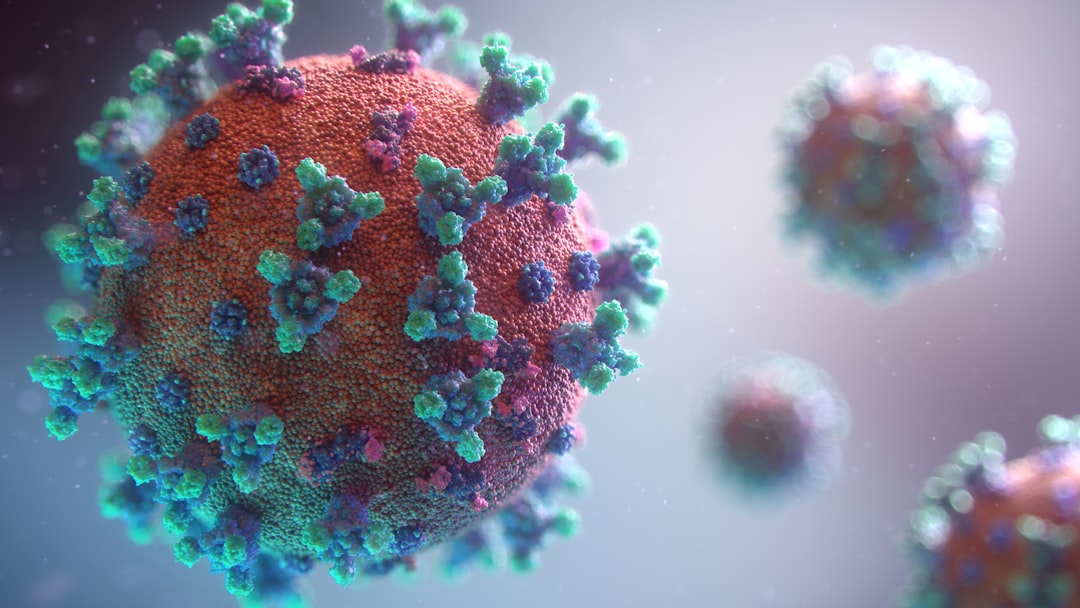What is it about?
Cerebral malaria (CM) is a fatal neurological complication caused by infection with the Plasmodium falciparum parasite. During the blood stage of infection, parasitized erythrocytes destroy the vascular endothelial cell barrier between the blood and the brain, essential for brain normal function. We hypothesized that the endothelial cells that line the brain vasculature might play a role in CM. We found that these cells internalize, sense and react to extracellular particles released from the infected erythrocytes. We identified the molecular players in this specific pathway that triggers brain inflammation and culminates in CM.
Featured Image

Photo by Milad Fakurian on Unsplash
Why is it important?
Children under 5 y of age face the highest risk of severe malaria morbidity and mortality. Those who survive CM are often affected by long-term neurological sequels, including cognitive deficits. This study suggests that targeted strategies to the brain endothelial sensors of the Plasmodium-infected erythrocytes prevent fatal CM and subsequent neurological problems in survivors.
Perspectives
We knew brain endothelial cells were affected in the later phase of CM, but we ended up realizing that they are participants from the very beginning. Normally we associate this initial phase of the response to infection with cells of the innate immune system but cells of the brain, namely the endothelial cells, also have this ability to sense the parasite in the blood. The next step will be to try to inhibit the activity of the specific sensor we identified inside the endothelial cells and understand if we can act on the host’s response and stop the brain pathology of CM.
Teresa Faria Pais
Instituto Gulbenkian de Ciência
Read the Original
This page is a summary of: Brain endothelial STING1 activation by
Plasmodium
-sequestered heme promotes cerebral malaria via type I IFN response, Proceedings of the National Academy of Sciences, August 2022, Proceedings of the National Academy of Sciences,
DOI: 10.1073/pnas.2206327119.
You can read the full text:
Contributors
The following have contributed to this page










